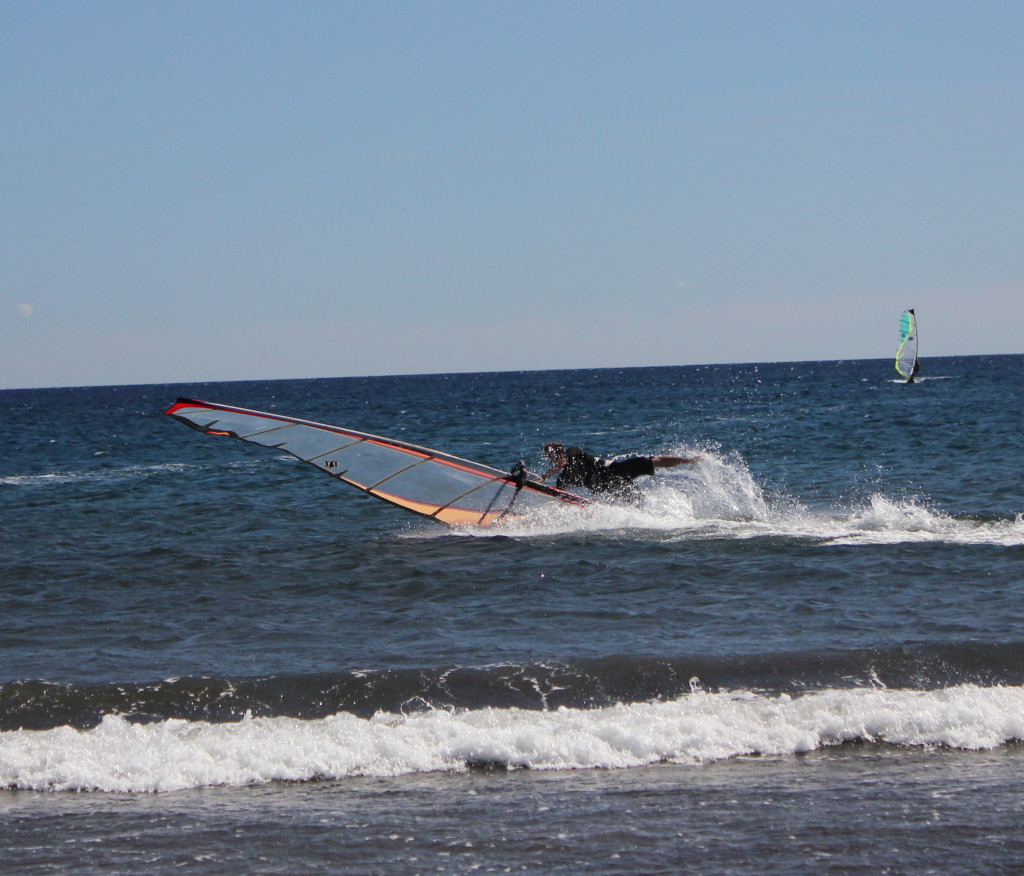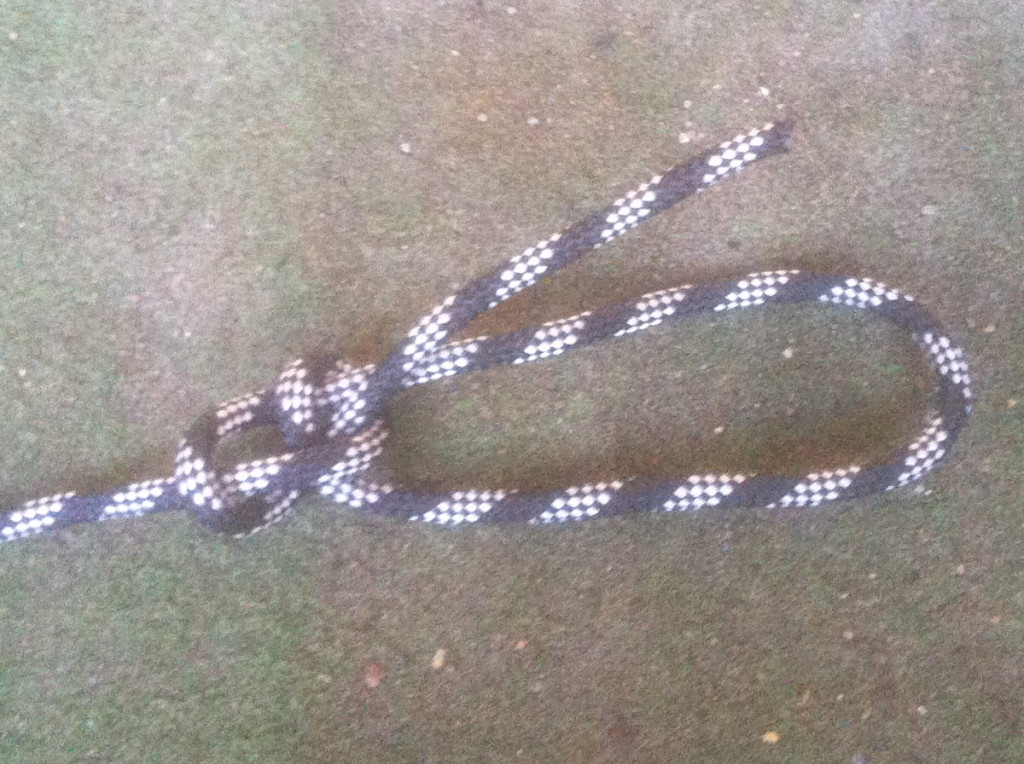
Best Wind Forecast Websites
The everlasting debate: Which site do you use for the wind forecast? I get asked so often which forecast service is the most applicable for El Médano. This has led me to make a short list of the forecast sites that we use in El Médano and has let me discover some additional wind forecast sites to decide upon the best one. I will be inspecting each in the style that sailingfast.co.uk has presented their list. I should add that I have only looked at the free versions of all these services. Since not all forecast sites are equally accurate for the same locations I have put them in sections describing their reach.
Worldwide Forecasts
WindGuru
Positive
- Very big network of forecast locations
- It gives the forecast for a week in advance
- It shows the average wind and gusts as well as their direction
- It gives the swell forecast
- It also shows the cloud covering and precipitation forecast
- Very clear color coding to differentiate high winds from low winds
- It provides a 3 star rating for the conditions (favoring high wind speeds)
- Has an app for IOS and Android
Negative
- Free service only gives 3 hourly forecasts (it isn’t clear if the paid version gets more detailed)
WindFinder
This one is very similar to WindGuru let’s go through the features:
Positive
- Very big network of forecast locations
- It gives the forecast for a week in advance
- It shows the average wind and gusts as well as their direction
- It gives the swell forecast
- It also shows the cloud covering and precipitation forecast
- Has a color and bar height coding to differentiate high winds from low winds
- Has an app for IOS and Android
Negative
- Same as with WindGuru
Wunderground
Positive
- NIce and clear color reference for wind speeds
- Hourly forecast
Negative
- No color coding for wind speeds
- No wave forecast
- Wind forecast is for average wind speed only, no gusts
Europe Wide Forecasts
Muchoviento
Positive
- Hourly forecast
- Clear bar chart in printout version showing evolution throughout the day
Negative
- Wind forecast only
- No gusts in the report
- Only has a handful of spots
This one has appeared in the last few years and is slowly expanding. The aspect that makes the difference in this forecasting site is that they calculate the wind based on the regional model rather than the global model that the others use. This results in a difference in the results. In El Médano for example, since we have the volcano El Teide close by, if the wind comes from exactly north, we get nothing. However, when it comes from north-east the wind accelerates and comes in about 4 knots faster than what WindGuru or WindFinder predict.
UK-wide Forecasts
Big Salty
Positive
- Wind and wave forecast
- Vast range of spots in the UK
- 3 point rating of the forecast
Negative
- Average wind speed only
- Difficult to read wind direction
- 3 hourly forecasts only
XC Weather
Positive
- Comprehensive map of UK
- Mouse-over shows forecast
- Very easy and intuitive to use
- Hourly forecast available
Negative
- Wind forecast only
Met Office
Positive
- Very clear presentation of forecast
- Average wind speeds and gusts
- Mouse hover reveals written description of forecast
Negative
- Wind forecast only
- Coastal forecast only
- Shows one day per screen
US-wide Forecast
NOAA Weather Service
Positive
- You can get very specific on your location
- Wind speeds are represented with good color maps
- You can also get broken down written report
Negative
- Having to look at the forecast while moving the mouse somewhere else on the screen is cumbersome as you have to keep looking from the mouse cursor to the map and then back to hover over the next time slot(mouse over refreshes the map for the feature you are highlighting)
- Wind speeds and wind gusts are separate maps making for more hassle
- Wind direction arrows are hard to read
- No list of wind speeds, gusts, etc.
Note that I have not talked about their accuracy but only about the features they provide. I hope to write an article on the accuracy in the future but that would require a bit more thorough research. Ultimately these are all computer calculated models which will have some margin of error. I recommend that you take the values for two or three sites and compare them to the actual wind for a month and making a good estimate for yourself how the forecast tends to result in real life. As I mentioned before, in El Médano we have become pretty sure that for north-east winds we must add around 4 knots to the forecast and that if the direction is north we will not be getting any wind despite the 30 knots on the north of the island.
Another thing you can do is learn to predict your own weather. To learn how to do that check out this online resource on meteorology.
If you have any resources you think that should be added in this list, please let me know in the comments and I will update it with my views on it.
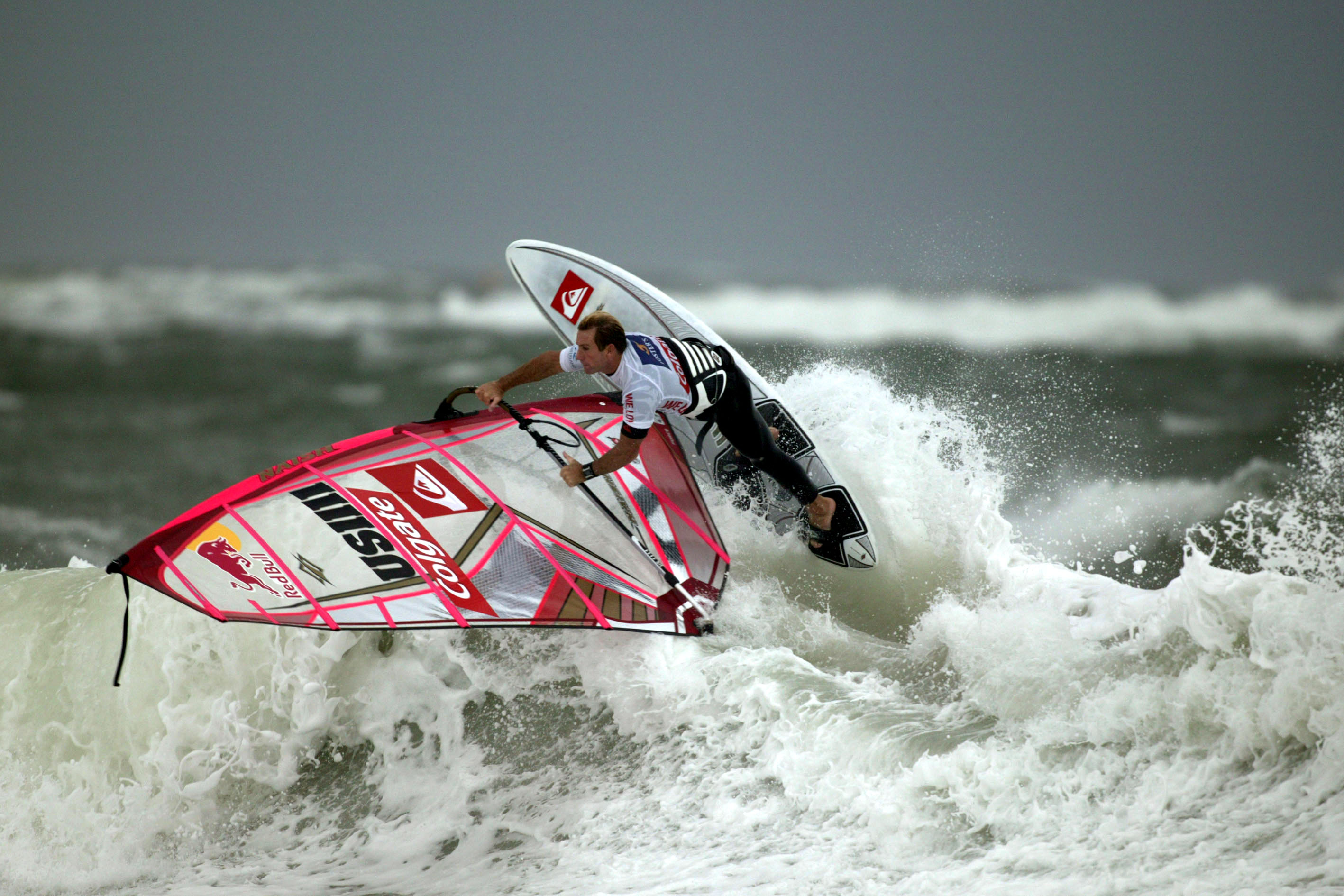
Disciplines in Windsurfing
Windsurfing used to be only one type of board fitted out with one type of sail, much like any other sailing category. Over the years however, as different competition styles and windsurfing spots were adopted, the equipment went through huge changes to be optimized for each category. Here are the 7 main categories that have evolved over the years. read more…

Face the mast when uphauling the sail
One of the most exhausting parts of windsurfing in the initial stages is getting on the board after every fall in the water. And it wouldn’t even be all that frustrating if we were just falling in when windsurfing at speed. However, when we fall in because of a stupid little detail when lifting out and positioning the sail, then annoyance is piled on top of exhaustion.
One of the most common senseless falls I have come to witness time after time is when people try to lift up the sail with their body weight but not in line with the mast. Let me show you in this image:
If we lean backwards, we will need something to hold us in the same line but in the opposite direction. In the basic T-position this is usually no problem.
The problem tends to arise when the sail is lying with the mast nearly parallel to the board. Often I have seen people try to lift the sail out from this position with the same foot stance as when the mast is at 90 to the board. While this is possible with a little experience or luck, it is hardly the correct way to cope in this situation.
Imagine the blue arrow is our body weight leaning backwards and the red arrow is the weight of the sail pulling downwards. If these two are aligned we are in equilibrium. However, if they are not aligned, we are leaning backwards with nothing pulling us in the opposite direction yo hold us. We are expecting the sideways pull of the sail to hold us which it can’t.
The solution is to turn our foot position so that our body and feet are facing the mast. Only in this way will the sail allow us to balance by leaning back.
It is important to remember that this foot/body position must change as the sail position changes. The second error I have seen is when the first part of the foot position was adopted well, but when the sail got flipped over by the wind, they didn’t follow the mast with their foot orientation and were knocked off balance and into the water again.
In short, have your feet facing the mast at all times and be prepared to adjust when it is moved by the wind.

Switching from old boards to modern boards
Since its inception in the 1970’s windsurfing kit has come a very long way. Those triangle sails with wooden masts and booms. Heavy 4 meter boards with a keel. Nothing like the lightweight boards out of composite material and sails with a rigid profile of today. However, this big transformation of the last 40 years is something that has kept going until recent years.
Since the turn of the milenium, boards have changed in shape and size. They used to be measured more in length as they tended to have the same proportions regardless of discipline. Nowadays, aside from the fact that the disciplines have caused variations in the proportions of the boards, the trend has also become to make the boards shorter and wider. This has become a hurdle for many windsurfers who have been away from the sport for a couple of years and want to get back into it. The technique for sailing has changed and what used to be the norm doesn’t quite work anymore. Here are some tips on how to make the change to a more modern board.
It helps to remember that, as the older boards were longer, the distance from the fin to the mast foot was greater. This meant that the sails pressure point was relatively far forward which would cause the board to bear away easily. To read why, check out my post on steering. When we switch on to newer/more modern boards, we will find that they tend to be shorter and wider. In being shorter, the distance from the mast foot to the fin is less. This causes the pressure point of the sail to be further back with the same body stance and sail dimensions.
A side note, the materials and details of the sails have varied (read improved) over the recent years by becoming lighter, more durable and offering better handling. The general dimensions however, like mast length and boom length, have not changed much in the last 15 years. The biggest change in this regard has occured in the boards sector. This means that while the location of the sails pressure point and out body position remain the same. The fact that the distance from the mast-foot to the fin has changed is what throws us off.
So, in short, the reason why the more modern boards tend to luff up so much is that the pressure point of the sail is now further back with the same body position.
How to do we solve this?
There are two ways to solve this issue. The first is to lean the mast forward more to get going. This will probably mean moving further forward with your feet as this will not require you to alter your body position as much. The problem comes when we start to pick up speed and start planing. This is when we start to lean back and move our feet backwards to get in the footstraps.
Try to focus on keeping the sail in its position when you move your feet back. This may feel akward at first as it will mean our arms and upper body are now forced to be in a different position with respect to the lower body than we are used to. You may feel that you are constantly just about to be catapulted. A solution is to not think of it as leaning the sail forwards but more like positioning the mast towards the wind (due to us leaning towards the wind to hold the sail power) and actively pushing into the mast foot with our front hand, thereby pushing the board nose away from the wind (like when bearing away for the beachstart). This will take some practice but with a little body tension we manage to lever the board away from the wind with our front hand and the back foot.
You can even try to do this with the back foot already in the foot-strap and with the front foot just behind the mast-foot and make a lever with the two while using the new sail position to hold your body up and generate the propulsion.
The other trick is to move the fin and the mast foot as far apart from each other as possible. This causes the sails’ pressure point to be further forward with respect to the fins point of resistance in the water which in turn helps to bear away from the wind.
I hope this has made sense to you and that it helps you when you next try to cope with one of those pesky new boards that try to luff up all the time. If you have any questions just let me know in the comments.

Windsurfing and Kitesurfing vs. Surfing
This is a post requested by Jenny. A while back I wrote a post on the differences I saw between windsurfing and kitesurfing. The time has come to compare them to regular surfing. I want to clarify first off that I have tried to be as objective about it as possible. In the end these are all amazing sports which all have their charm and each will attract people differently. I personally see them as complimentary to eachother and will choose one over the other depending on my mood, wind and wave conditions or current fancy. There are periods in which I will consistently choose to do one over the other and then switch.
The times that the wind sports conflict with surfers are not that common as surfing with windy and choppy conditions is not the most pleasant passtime in the world and windsurfing or kitesurfing with little wind is not that great either.
Ease to learn
In terms of speed to learn we have a hard time to define it properly. I will say this: the first few hours of surfing are going to be much more frustrating (in terms of attemps with no results) than in windsurfing or kitesurfing. The main difficulty lies in that you have to stand up on a narrow and wobbly board which will take a lot of attempts to get right. In windsurfing on the other hand you have success experiences pretty early on and in kitesurfing it’s just very technical at the beginning but you can see your progress. read more…
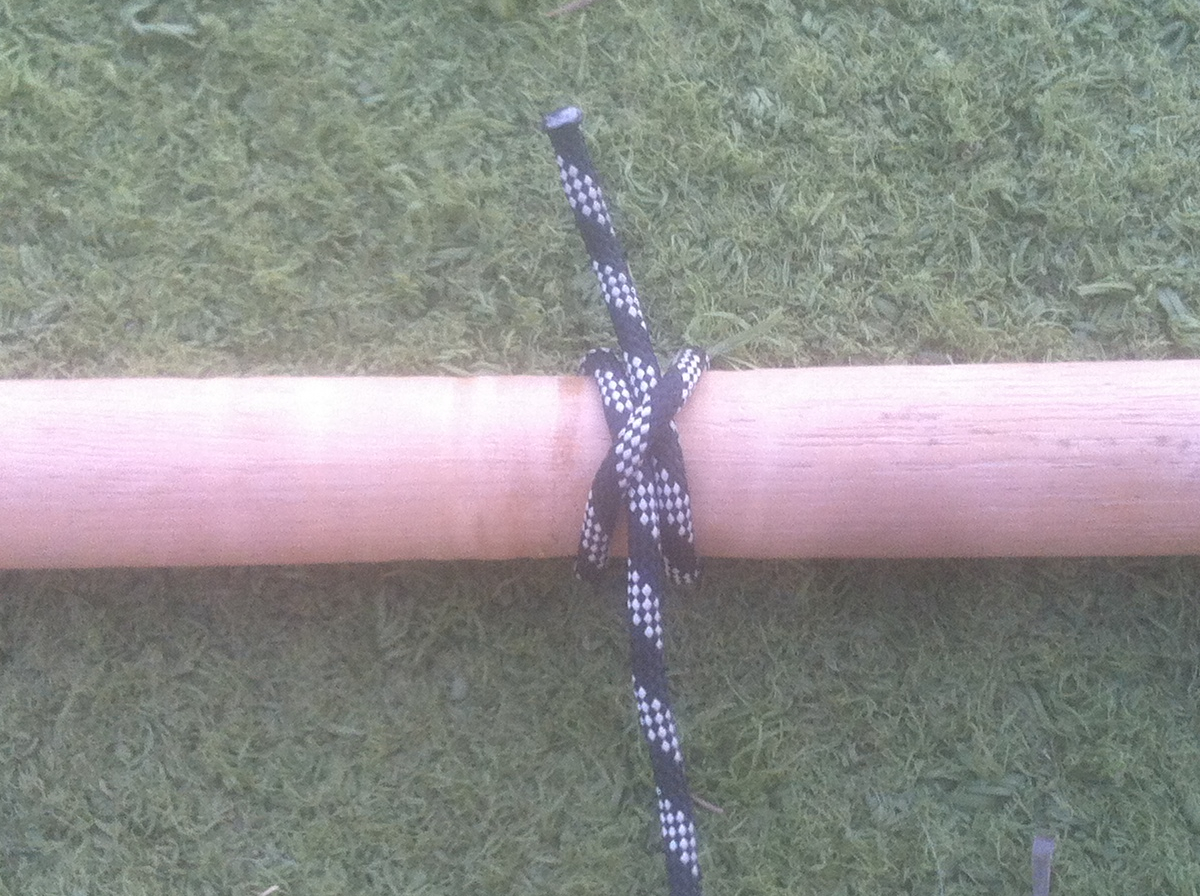
Knots for Windsurfing 3: Clove Hitch
Be it to tense the down-haul or simply as a quick fix to attach a harness line to the boom, the clove hitch is the thirst of the three indispensable knots any windsurfer should know. They guys over at SurferToday show a slightly different way to tie this particular knot.
Here is how it is done:

The Windsurfing Catapult – Causes and How to Avoid Them
Every windsurfer has had one, and it becomes the fear of every harness user, especially at the beginning. They can be painful and dangerous. If you don’t know what I am talking about, here is a video compilation showing us that it happens to the pros.
Now admittedly we won’t be having such extreme impacts since we are not going as fast or with as much power as these guys so I hope I haven’t scared anyone away from the sport.
I will first talk about how to avoid getting catapulted and then on the best reaction you can train yourself to do if you are already flying through the air.
Preventing the Catapult
There are a few alterations to our kit and body position that we can apply:
Learn to read the wind and waves
Most catapults come through being caught off guard by a gust or wave. Learning to read the wind changes on the water and the way the chop forms will help you massively to see what is coming at you.
Go down a sail size
I used to love sailing way to overpowered. To the point that if I didn’t do at least 2 catapults in one session I wasn’t satisfied. That phase has passed thankfully but it shows that a good way to reduce your likelihood of catapulting is to get good at planing with a smaller sail.
Long harness lines
If we have too short harness lines, the reaction time available to us when something changes unexpectedly is very small. With practice we become better and it becomes more comfortable to control the sail with short lines. Until then go for longer lines which give you a bit more leeway, more range to move the sail without moving your body and greater ease to hook out.
Smaller fin
Slalom sailers use big fins firstly to avoid spin outs from the massive sideways pressure but also to get lifted out of the water and have as little surface friction as possible. In other words, a long fin can make your board lift out of the water at high speeds (my beginner boards lift out when planing down a wave with the centre-board out). If we know how to control this there is no problem but since that probably isn’t the case, make sure your fin is not so big as to lift the board out of the water uncontrollably.
Have the foot in the back foot-strap
One of the main reasons that I recommend putting the back foot in the straps first is that this is the strap that avoids catapults more than anything else. Only having the front foot in the strap is useless as it is the pivot point over which we rotate in a catapult.
Pull the front arm close
As you notice you are being heaved forwards, pull the front arm in to take the power out of the sail. If you catch it early enough this will allow you to fall back backwards into the correct and stable position.
Push against the wind with the back hand
This can go in combination with the previous one, although I would only recommend it if you already have a little experience in lee-side sailing or some other form of sail control on the lee side of the sail.
Last Second Solution
At some point you will catapult. That’s just the way it is. Sooner or later you will be flung over the board and land with a crash or a splash. It is up to you and how you will react which one it will be and if the splash is going to hurt. The two things we want to avoid during a catapult is hitting the board with the mast or our body, and also avoid coming to a sudden halt on the sail (especially the mast).
The only real solution in this case is to sheet in as hard as we can and push the mast away from the wind. What this will do is make the sail turn downwind and let us rotate around with it so that we land in the water and ideally under the sail. This, incidendally, is also the second step to learning the front loop. I would recommend practicing this motion unhooked a few times so that you get a feeling for the motion and build up the reaction before you need it for real.
I hope this has been useful to help you prevent catapults. If you want to read more about them here is an interesting post on catapults.

How to replace a windsurfing sail batten
Windsurfing battens nowadays are pretty resistant. The materials that are used make them more lightweight but at the expense of them becoming more fragile. Normally the fragility is no problem as we rarely subject them to forces great enough to snap the battens. However, if we fall on the sail or have a wave break on it, there is a large possibility of a batten snapping.
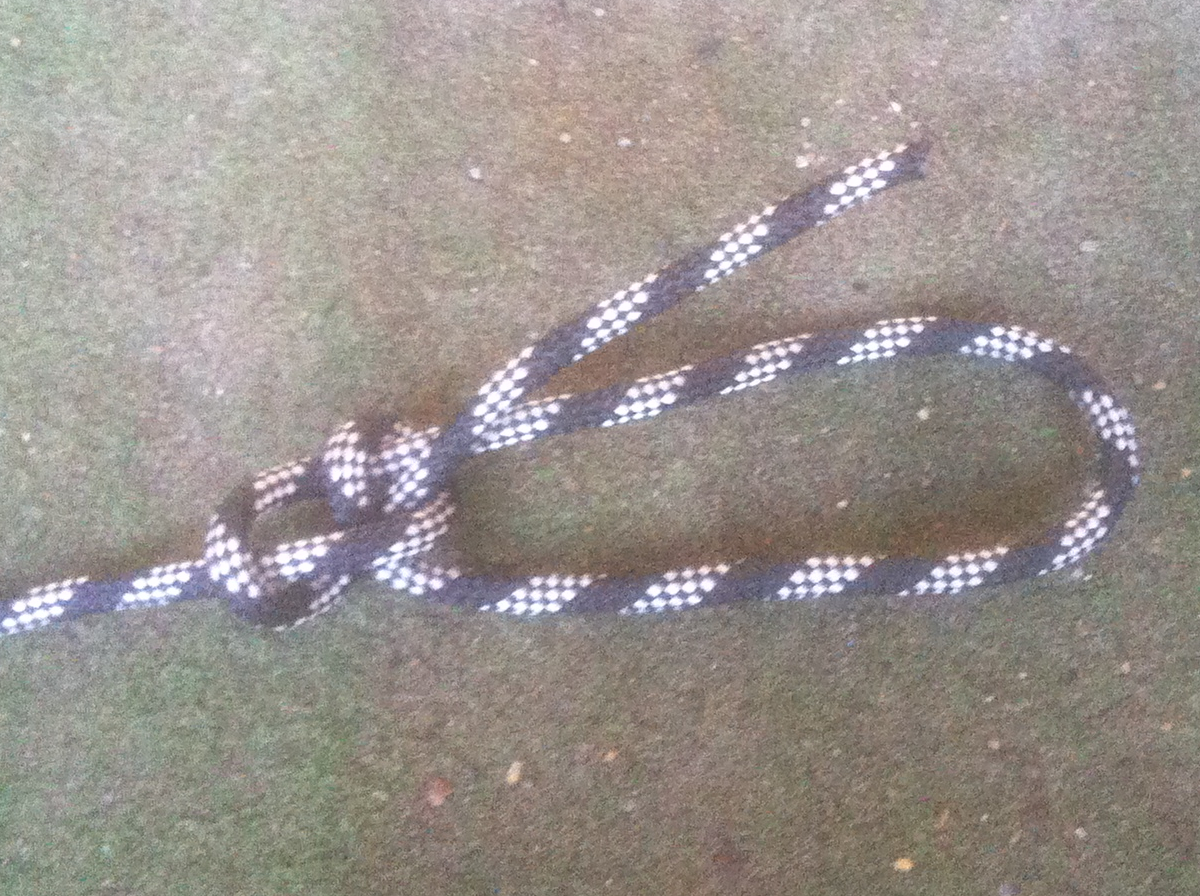
Knots for Windsurfing 2: Bowline
What do you want?
Hey guys!
Since June of last year I have been writing and uploading step by step explanations of how to windsurf at various levels and each manouver one by one. I have been writing other tips and tricks in the last few weeks but I want to make sure that the content I am posting is stuff you want to read. So, here is my question:
What are you looking for? What would you like to know?
Just answer in the comments below and I will write about each of them or refer you to a previous post on my site that you might not have been able to find.
Thanks for the feedback!
























